When it comes to prolonging the life of your vehicle, routine maintenance is key. Oil changes and tire rotations are two of these simple maintenance items that can pay dividends in vehicle longevity. If you need to have both of these services done on your vehicle, you likely want to know how long you'll be waiting at the shop. For your convenience, we brought you the answer.
If you're planning on having an oil change and tire rotation done, you can expect the process to take about an hour—20 minutes for the oil change and 40 minutes for the tire rotation. However, your actual wait time will depend on how backed up the shop is at the time of your visit.
If you still have some questions about how long you can expect an oil change and tire rotation to take, don't worry. In this post, we'll discuss the topic in more detail. We'll also talk about whether a tire rotation is included in a typical oil change, and we'll answer some common questions about both oil changes and tire changes and rotations. Without further ado, let's get into it.
Before you continue reading, let us say we hope you find the links here useful. If you purchase something through a link on this page, we may get a commission, so thank you!
We've established that it should take about an hour to change the oil and rotate the tires, but now we'll talk about the factors that can affect how long you might have to wait.
Oil change shops are known for advertising super short wait times for oil changes. And it's almost always a quick process. On average, you can expect the oil change procedure itself to take about 20 minutes.
However, how long the procedure takes can vary depending on the oil capacity of your vehicle (the greater the capacity, the longer it will take to drain the old oil and add the new oil), the location of the oil filter (how difficult it is to access), and how busy the shop is.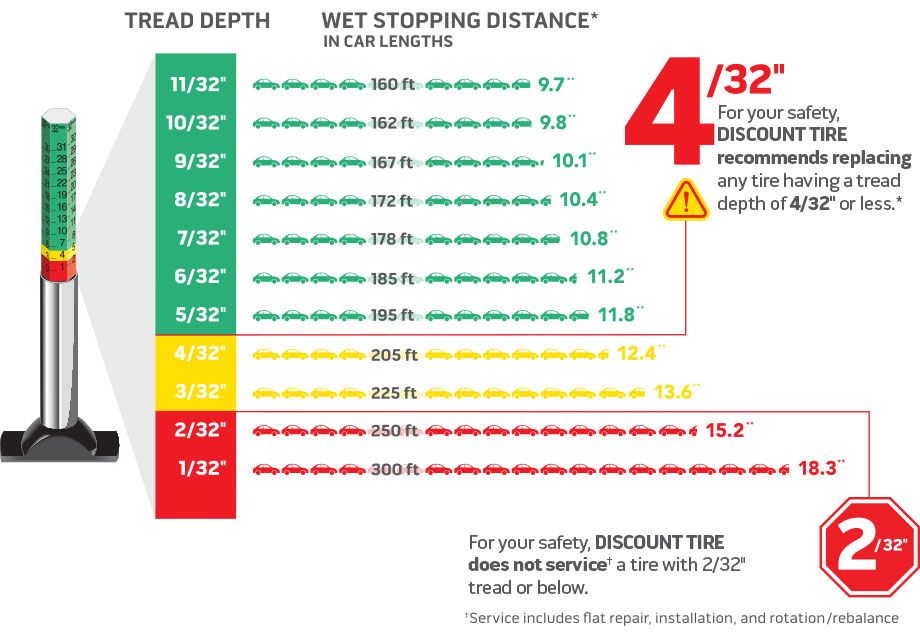
If the shop is particularly busy, it might take the technicians longer to start working on your vehicle.
Depending on the shop you go to, they may perform a few other checks with the oil service they provide. Kwik Kar has a 20-point oil change service. These additional checks may add a couple extra minutes to your time.
On average, you can expect the tire rotation process to take about 40 minutes.
The only vehicle-related factor that might affect how long this procedure takes is how many wheels the vehicle has. Obviously, it will take a bit longer to rotate the tires on a dually truck (which has six wheels) than another vehicle that only has four wheels.
Aside from that, the only other factor that will determine how long the procedure takes is, again, how backed up the shop is. If possible, make your appointment online to save some time.
Oil changes and tire rotations are separate maintenance items; requesting one service will not entail the other by default. A shop could potentially offer some kind of package deal for both services, but under normal circumstances, these services are separate.
A shop could potentially offer some kind of package deal for both services, but under normal circumstances, these services are separate.
However, it's certainly a good idea to think about both of these items from a maintenance schedule standpoint.
We'll talk more about the recommended tire rotation in a bit, but it's generally a good idea to base your tire rotations on your oil changes.
If your vehicle is using conventional engine oil, you should have your tires rotated every time you get an oil change. If your vehicle is using synthetic oil, you should change the oil with every other tire rotation.
This is merely a rule of thumb that can help make managing your vehicle's maintenance a bit easier. Be sure to consult the owner's manual for your vehicle for specific guidance.
Now we'll answer some common questions about oil changes.
In case you're unfamiliar with the oil change process, here is a breakdown of what the service includes:
How long a vehicle can go without an oil change depends on the type of oil being used.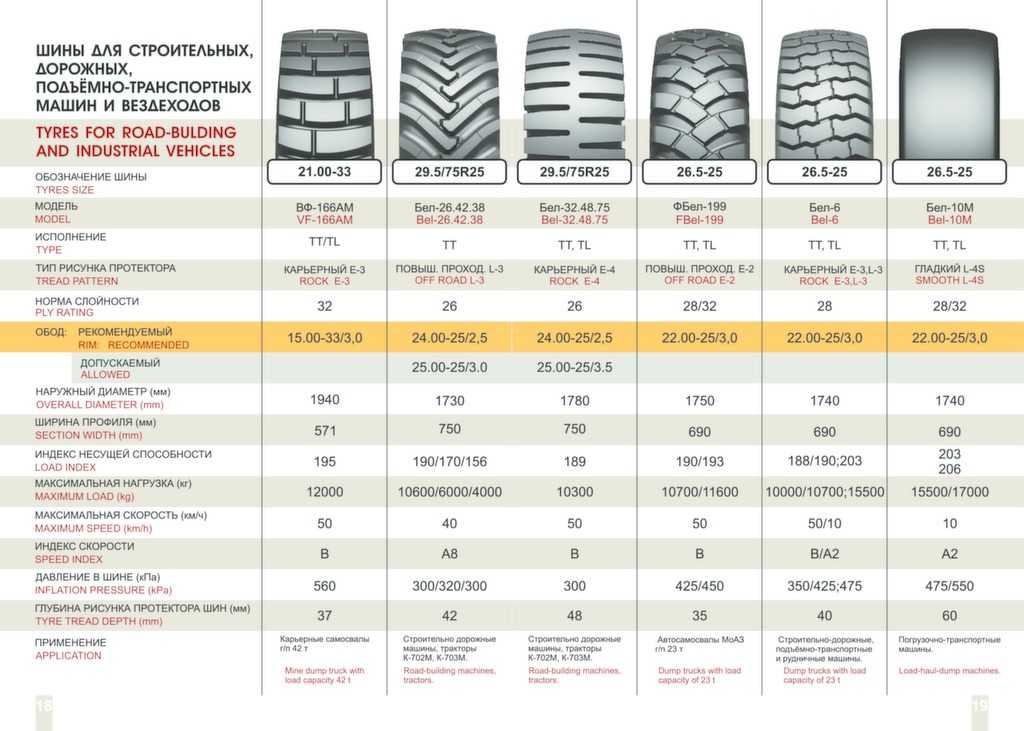 With conventional engine oil, a vehicle can go approximately 3,000-5,000 miles between oil changes. With synthetic engine oil, a vehicle can go approximately 7,500-10,000 miles in between oil changes.
With conventional engine oil, a vehicle can go approximately 3,000-5,000 miles between oil changes. With synthetic engine oil, a vehicle can go approximately 7,500-10,000 miles in between oil changes.
But be sure to check for your vehicle's specific guidance on the frequency of oil changes.
The cost of an engine oil and filter change will largely depend on the volume of oil required and the type of oil (conventional vs. synthetic). Synthetic oil is more expensive than conventional oil, and obviously, the greater the engine oil capacity, the more expensive the oil change will be.
At an oil change shop, you can expect to pay $35-125 depending on the aforementioned variables.
You certainly can! As soon as the oil change is complete, you can continue driving like normal. No waiting is necessary.
If things feel off after your oil change, something could be wrong.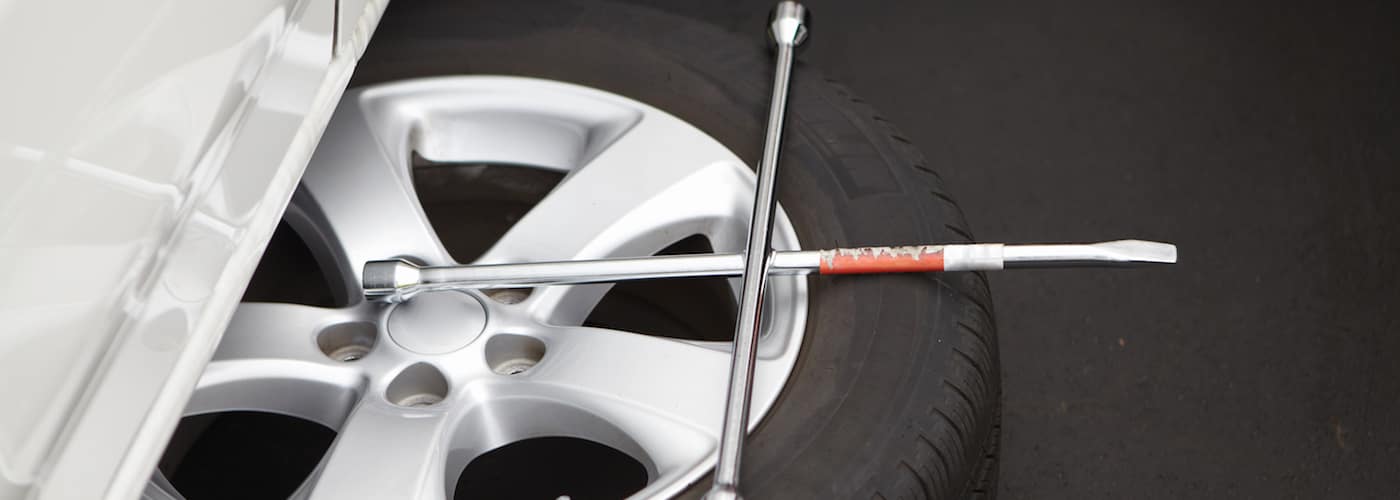 Read this article for more information— Car Feels Worse After Oil Change – What Could Be Wrong?
Read this article for more information— Car Feels Worse After Oil Change – What Could Be Wrong?
Now we'll answer some common questions about tire servicing.
If you need all of your tires replaced, you likely want to know how long you need to plan to wait at the tire shop. The process itself shouldn't take longer than about 30-45 minutes.
However, just like with tire rotations, the time you can actually expect to wait can vary. When it comes to tire replacement, the day of the week you visit the tire shop will largely determine how long you wait.
For example, tire shops are notorious for having long wait times on Saturdays since that's the only time most people can visit the shop. On a Saturday, you might have to wait a couple of hours for the procedure to be completed.
When it comes to automotive maintenance, you might be skeptical about whether or not certain maintenance items are actually required.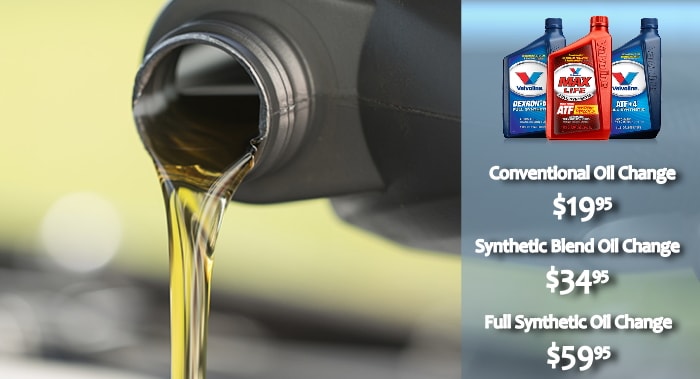 Perhaps you've been burned a time or two by a sketchy repair shop that convinced you to pay for repairs or services that weren't actually needed.
Perhaps you've been burned a time or two by a sketchy repair shop that convinced you to pay for repairs or services that weren't actually needed.
But you can rest assured that rotating your tires is absolutely recommended to prolong the life of your tires.
Tires are subjected to different amounts of wear depending on where they are on the vehicle (i.e. being at the front vs. the back of the vehicle). A tire rotation simply entails moving the tires around to different positions of the vehicle in a consistent pattern to ensure they are worn evenly.
If tires aren't rotated on schedule, they will experience uneven wear, which will shorten their lifespan.
Now that we've established that tire rotation is a critical part of a vehicle's maintenance schedule, we need to talk about how frequently it should be done.
A good rule of thumb is to have your tires rotated every 5,000 miles. Some suggest a less frequent tire rotation schedule. However, the bottom line is that it's better to rotate your tires more often. No harm will come from being more proactive when it comes to promoting even wear on your tires.
However, the bottom line is that it's better to rotate your tires more often. No harm will come from being more proactive when it comes to promoting even wear on your tires.
We hope this guide has helped you better understand how long you can expect an oil change and tire rotation service to take. These are both routine maintenance items, but your wait time can vary depending on the factors we've discussed.
Even if there's a long wait time, don't let that dissuade you from having these services performed, as both are vitally important to the overall mechanical health of your vehicle.
Before you go, be sure to take a look at these other guides:
Does Tire Installation Include Alignment And Balancing?
Does Jiffy Lube Replace Tires?
Hide Show
Maguire Care - benefits that give you peace of mind! Learn More!
Changing the oil is an essential vehicle maintenance item, and it needs to be taken care of at certain intervals to best protect your car.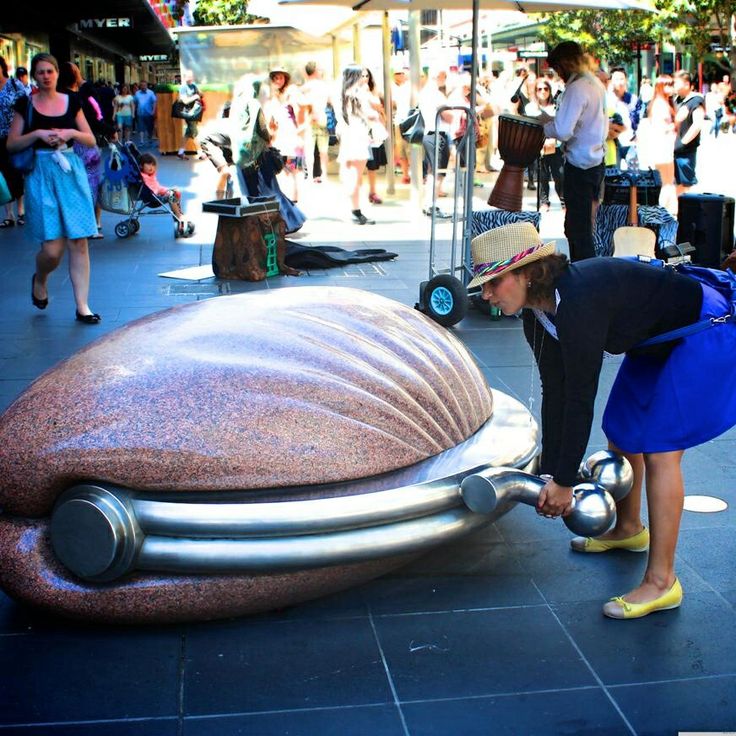 Thankfully, it's not an exhaustive maintenance item, and a professional service technician at Maguire Chevrolet Trumansburg can take care of it in minutes.
Thankfully, it's not an exhaustive maintenance item, and a professional service technician at Maguire Chevrolet Trumansburg can take care of it in minutes.
How long does an oil change take? We're here to answer that question for drivers in Trumansburg, Watkins Glen, and Cortland. Our goal is always to get you and your car back on the road as soon as we can.
After your car has been taken into the service bay, expect the oil change to take about 30 to 45 minutes. That's all it takes. Should the air filter need to be changed, or your tires require a rotation, then it may take a little longer.
An oil change involves draining out the existing oil and replacing the oil filter, then placing new oil into the engine. If your check engine light has turned on, we'll be sure to inspect the engine to ensure everything is running efficiently. Fluid levels, including coolant, transmission fluid, and brake fluid, will be checked, and if anything needs to be topped off, we'll take care of that, too.
Each manufacturer will tell you different things when it comes to changing the oil. That means it's best to keep your owner's manual by your side, though asking our service technicians over the phone is perfectly fine by us. Make sure to check the odometer or the sticker the technician placed inside your windshield the last time you were here.
If we're talking about conventional oil, then it's likely your owner's manual will tell you to bring your car in for that oil change every 5,000-7,500 miles. Some manufacturers won't require a visit until 10,000 miles or one year of driving.
If you're not sure of when that last oil change was, there are some things you can look out for:
• Loud engine sounds
• Oil smell inside the cabin
• More frequent trips to the gas station to fill up
If the oil isn't properly lubricating the engine, that can cause excess friction, and therefore, the loud noises. If this is something you're hearing, it's time to stop in for an oil change.
Of course, we don't just stop with oil changes. Turn to our experienced service technicians for a tire rotation, brake pad replacement, or wiper blade replacement.
It takes just a few moments to schedule a service appointment right here on our website. It saves you a call, too. Feel free to check out our service and parts specials, and see how easy it can be to save on your next visit.
A timely oil change keeps the engine running as it should and protects the long-term health of your car.
Schedule your next oil change here at Maguire Chevrolet Trumansburg. We look forward to seeing Trumansburg, Watkins Glen, and Cortland drivers at our service center for this important vehicle maintenance.
First Name*
Last Name*
Contact Me by*
EmailPhone
Maguire Chevrolet of Trumansburg
2073 STATE RT 96
Directions TRUMANSBURG, NY 14886
 How often should tires be rotated?
How often should tires be rotated? Contents:
Wheel rotation is like a physical exercise. Everyone knows to do it, but getting yourself to actually do it can be a challenge. While we can't really help you with fitness motivation, we have plenty of good reasons why you should swap tires every 5,000-13,000 miles. nine0003
Tire wear is inevitable when using a car.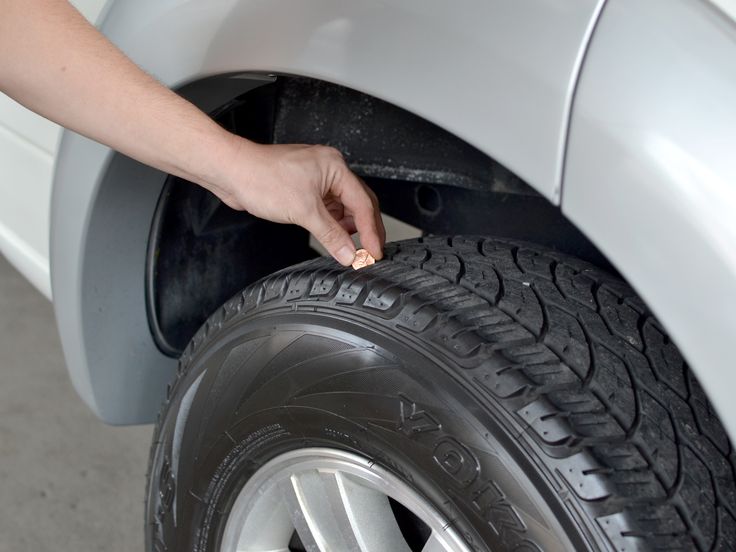 The location and extent of wear on a tire's contact patch depends on many factors, including the position of the tire on the vehicle. Keep in mind that each axle of a vehicle faces a different external force. For example, the front tires on a front wheel drive vehicle are regularly subjected to more intense stress than the rear tires. Thus, front tires on a front wheel drive vehicle typically experience accelerated wear compared to front tires on a rear or all wheel drive vehicle. Changing the wheels helps even out the wear on all four tires. If you leave the front tires uninterleaved on a front wheel drive car, they will wear out faster than the rears. Without a proper check, you will end up with two front tires almost or completely at their maximum tread wear, and two rear tires with life remaining. nine0003 Tire rotation helps to avoid uneven wear
The location and extent of wear on a tire's contact patch depends on many factors, including the position of the tire on the vehicle. Keep in mind that each axle of a vehicle faces a different external force. For example, the front tires on a front wheel drive vehicle are regularly subjected to more intense stress than the rear tires. Thus, front tires on a front wheel drive vehicle typically experience accelerated wear compared to front tires on a rear or all wheel drive vehicle. Changing the wheels helps even out the wear on all four tires. If you leave the front tires uninterleaved on a front wheel drive car, they will wear out faster than the rears. Without a proper check, you will end up with two front tires almost or completely at their maximum tread wear, and two rear tires with life remaining. nine0003 Tire rotation helps to avoid uneven wear
As a result, you will have to replace some tires prematurely. In some cases, while some of your tires may technically retain their remaining life, it will no longer make sense to pair them with any new tires with unworn tread. So you have to throw away not only worn tires, but also tires with remaining service life!
So you have to throw away not only worn tires, but also tires with remaining service life!
See also: Tire grip coefficient and factors affecting it
Summarizing all of the above, we can list the main reasons for rearranging tires in places:
Tires are absolutely essential to the efficiency and safety of a car. Keeping your tires in good condition with rotation and other simple maintenance will help keep them wearing evenly which directly affects your vehicle's stability, driving predictability and makes it easier to maneuver safely throughout the life of your tires. Tires in poor condition can cause the vehicle to vibrate. nine0003
Remember: uneven tire wear can also affect the stability and handling of your vehicle. Swapping wheels is not only financially sensible, but it also helps to ensure the safety of your driving.
If tires are not rotated and maintained properly, you will likely lose not just a few hundred miles of their life, but thousands. The life of a tire can literally be cut off in the middle if you do not follow the rules for their alternation and do not take other necessary measures for their maintenance. nine0003
The life of a tire can literally be cut off in the middle if you do not follow the rules for their alternation and do not take other necessary measures for their maintenance. nine0003
Tire manufacturers know that rotation is essential to realizing their full tire life. Tire mileage guarantees are most often set by tire manufacturers based on tire rotation. So if you never rotate tires and experience premature tire wear as a result, the manufacturer is unlikely to honor your warranty. In other words, you'll be left on your own with a prematurely worn set of tires and a much more expensive replacement bill. nine0003
See also: Inflating tires with nitrogen - the pros and cons. What does filling tires with nitrogen give?
The good news is it's inexpensive. That small investment comes back to you in the form of long tire life and sustained vehicle safety and performance.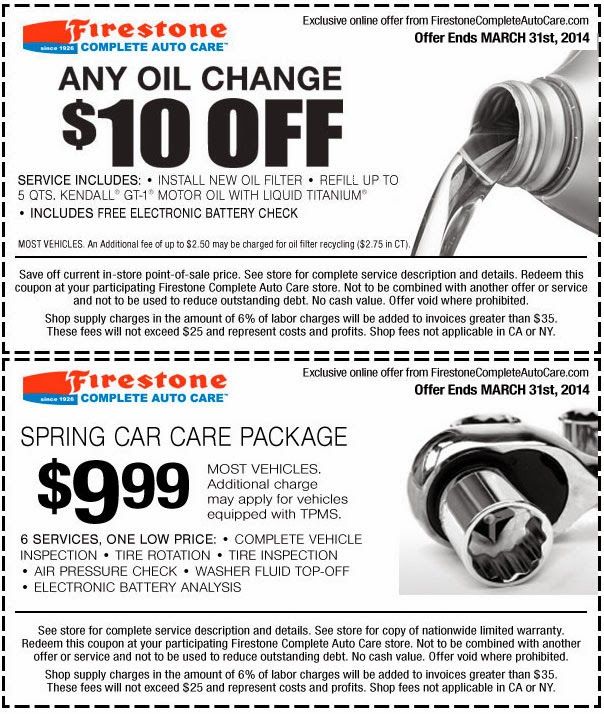 In the long run, the cost of periodic tire rotation will be only a fraction of the amount you have to spend on buying new tires due to premature tire wear. It is also not uncommon for tire shops to offer discounted tire rotation services for regular customers, or from time to time offer to do it for free. So contact the tire shop that installed your tires first - in some cases, your tire rotation costs may be zero. nine0003
In the long run, the cost of periodic tire rotation will be only a fraction of the amount you have to spend on buying new tires due to premature tire wear. It is also not uncommon for tire shops to offer discounted tire rotation services for regular customers, or from time to time offer to do it for free. So contact the tire shop that installed your tires first - in some cases, your tire rotation costs may be zero. nine0003
Helpful Hint: don't forget to label the wheels with the numbers and keep the tire rotation data and receipts. If you ever need to change tires under warranty, having these records will increase your chances of success.
Are you used to doing everything yourself? Then you can rearrange the tires. If you can safely lift the car and remove the wheels, you can change the tires in your garage or on your driveway. In addition to the rearrangement pattern, you need to consider whether your tires are directional or non-directional, symmetrical or asymmetrical, and whether the tire pattern is staggered or square. If you are not sure about at least one of these points, it is better to entrust the work to a professional. Also consider that it is a smart move to put your tires in the hands of a competent professional from time to time. Tire specialists monitor their potential problems, identify misalignment and other issues that can affect tire condition/wear and vehicle performance. nine0003
If you are not sure about at least one of these points, it is better to entrust the work to a professional. Also consider that it is a smart move to put your tires in the hands of a competent professional from time to time. Tire specialists monitor their potential problems, identify misalignment and other issues that can affect tire condition/wear and vehicle performance. nine0003
For non-directional tires of the same size, you can use the diagonal swap pattern or move the front tires to the rear diagonal corner and the rear tires forward on the same side.

Also, due to the availability of modern tires, there is a need for 2 more rotation schemes:

tire shift diagram for 4WD and 4WD vehicles Vehicles with dual rear wheels and non-directional tires may use one of the following rotation patterns: nine0003
Winter and studded tires also need to be rearranged so that they serve for a long time and behave adequately on the road. For winter wheels, the rearrangement should be done more often, about once every 6000 km or once a season, whichever comes first. nine0003
Important: The direction of rotation for studded tires must never be reversed when changing!
See also: How to properly store winter tires? Can tires be stored on the balcony?
 ..
.. Tire rotation helps maintain your vehicle's performance and safety, extends tire life, saves you money, and gives you a good reputation with the tire manufacturer should you ever have tire problems or warranty claims. nine0003
Find out how to maintain your vehicle. For most vehicles, under normal driving conditions, the standard tire rotation interval is approximately every 8,000 to 13,000 km.
The best time to change tires seasonally varies from year to year due to quirks of the weather. And this is normal even for one city - what can we say about different regions, where ideas about winter and summer can differ significantly. Therefore, legislative initiatives on forced seasonal “changing of shoes” of cars in strictly defined months look rather strange: nature will still make adjustments.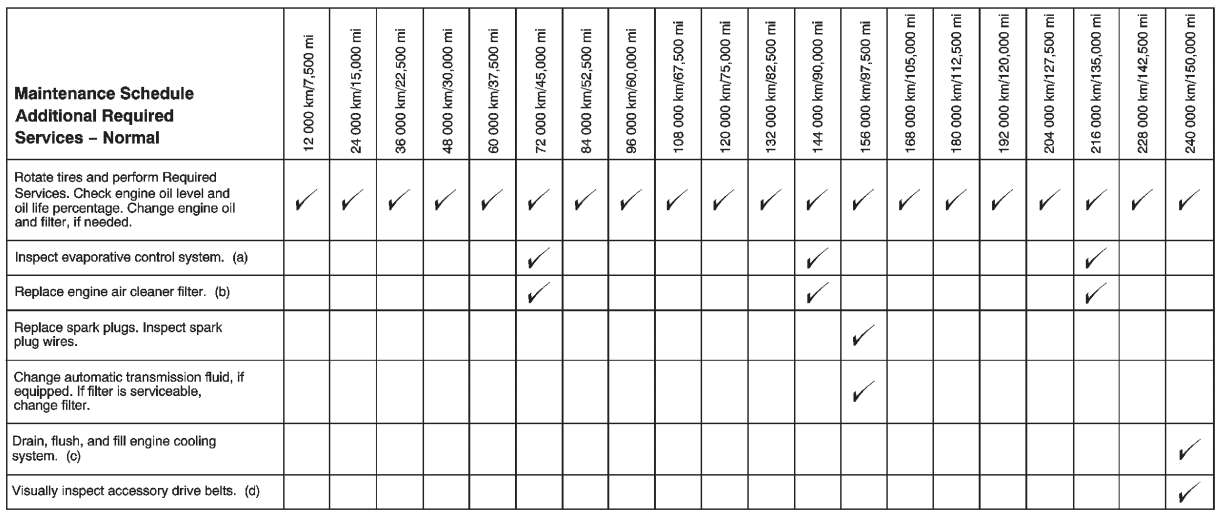
Here, an analogy with public utilities is appropriate, who start and end the heating season not according to the calendar, but when a certain average daily air temperature is reached - that is, based on the objective readings of the thermometer. The same approach should be followed by motorists when choosing the time to change tires. nine0003
At what temperature should tires be changed? Manufacturers believe that +7 degrees Celsius is the optimal moment for seasonal “changing shoes”. At this point, the graphs of grip levels for winter and summer tires converge: at temperatures above +7°C, winter tires work inefficiently and wear out quickly. And at lower temperatures, the performance of already summer tires drops.
But this graph reflects the properties of some average tires. In reality, the composition of the rubber compound for different tires is significantly different. The same winter tires can be both soft "Scandinavian" (hardness 50-55 Shore units), and "Central European", with a hardness of 60-65 units. Obviously, their indicators are very different: the first ones will “float” even with a small plus, the second ones will work tolerably even at +10°C. nine0003
Read more: Which tires are best? Scandinavian, European, studded
The choice of temperature is also somewhat arbitrary. In a sharply continental climate, it can be +7 during the day, and -3 at night, and in the morning you will be met by a dangerous ice film on the road. Therefore, it is better to be guided by logic: switch to summer tires when there is no chance of encountering ice on the road. That is, if during the day the thermometer does not go into minus, and the long-term weather forecast does not promise a cold snap. And vice versa, put winter tires before the onset of "near zero" temperatures and the first frosts that threaten to turn puddles into ice. nine0003
But still, it is the temperature, and not the presence of precipitation, that is the key signal to change tires. For example, at -5°C, summer tires are ineffective even on absolutely dry pavement. And when the temperature rises from +4 to +11°C (just in the region of "transitional" +7°C), the braking distance on winter tires increases by half a meter at once. With a further increase in temperature, winter tires are losing on braking to summer tires for several car bodies. Therefore, driving on winter tires in summer is very fraught.
And when the temperature rises from +4 to +11°C (just in the region of "transitional" +7°C), the braking distance on winter tires increases by half a meter at once. With a further increase in temperature, winter tires are losing on braking to summer tires for several car bodies. Therefore, driving on winter tires in summer is very fraught.
Read more: To inform or change shoes? Do I need to change winter tires for summer tires in summer
If you have bought a new set of tires, you can immediately start installing it. But old tires that have been waiting in the wings for six months require certain checks.
First of all, make sure the tires are still serviceable. According to the Rules of the Road, the minimum allowable tread depth for passenger car tires is 1.6 mm (summer tires) and 4 mm (winter tires). With a smaller balance, you can no longer ride on tires. nine0003
You can measure the remaining tread with a special tool - a caliper.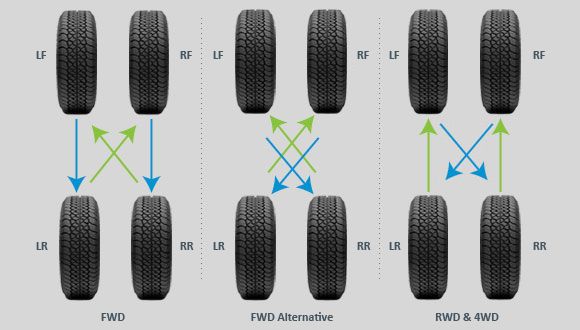 There are also special wheel tread depth gauges, including digital ones.
There are also special wheel tread depth gauges, including digital ones.
Another important traffic law requirement for tires: they must be the same (at least on each of the axles). Modern cars equipped with a lot of smart electronics - ABS, directional stability and braking force increase systems - are even sensitive to uneven tire wear, not to mention different sizes or tread patterns. But the dangerous experiments of drivers with the so-called mixed fleet (sets assembled from different tire models) are already a thing of the past. nine0003
Also, before installation, you need to visually assess the condition of the tires. When stored for a long time, especially in unsuitable conditions (for example, at high humidity, which is not uncommon in private garages), the rubber may deform, crack or dry out. It is impossible to install tires with such defects: at high speed, any crack in the rubber becomes extremely dangerous and threatens to explode the tire.
By the way, for seasonal storage of tires, you can use the “tire hotel Hyperauto”, where the correct temperature and humidity are constantly maintained. Hyperauto specialists bear full financial responsibility for the tires, and on the day you have appointed, they themselves bring the wheels for tire fitting, which is very convenient. nine0003
In addition to the tread depth and the absence of external defects, before installing the tires, you need to check their uniform wear (the tire should not be “eaten” from one side), as well as age. Natural rubber, from which rubber is made, retains its properties for 5 years from the date of manufacture of the tire. The aging of rubber greatly affects the effectiveness of traction, so it’s not worth driving on old, even if not worn, tires.
When changing tires, do not forget about their periodic rotation - rearrangement, the diagram of which can be found in the instructions for the car. Rearranging the wheels ensures uniform wear, which prolongs the life of the entire set. Standard tire rotation schemes are presented below, but it is better to check the instructions for your particular machine. It is recommended to change tires every 10,000 km. nine0003
It is recommended to change tires every 10,000 km. nine0003
On rear- and all-wheel drive vehicles, the front tires are moved to the rear axle diagonally (diagram A), or they are changed in a cross pattern (B). On machines with front-wheel drive, the situation is reversed: the rear tires are moved diagonally forward (Diagram C).
Tires with a directional tread pattern cannot be turned without overbeading. To rotate them without removing them from the disks, the front wheels are simply swapped with the rear wheels on each side of the car (Diagram D).
If the car is equipped with a full-size spare tire, not a spare tire, and you bought a set of five new tires, be sure to include the "spare" in the rotation (diagrams E and F), changing the wheels every 10,000 km. This will allow you to use the kit longer and easily replace any of the main ones with a spare wheel in case of damage - their wear will be the same. Thanks to this scheme, buying five tires in the end turns out to be more profitable than four, due to longer operation.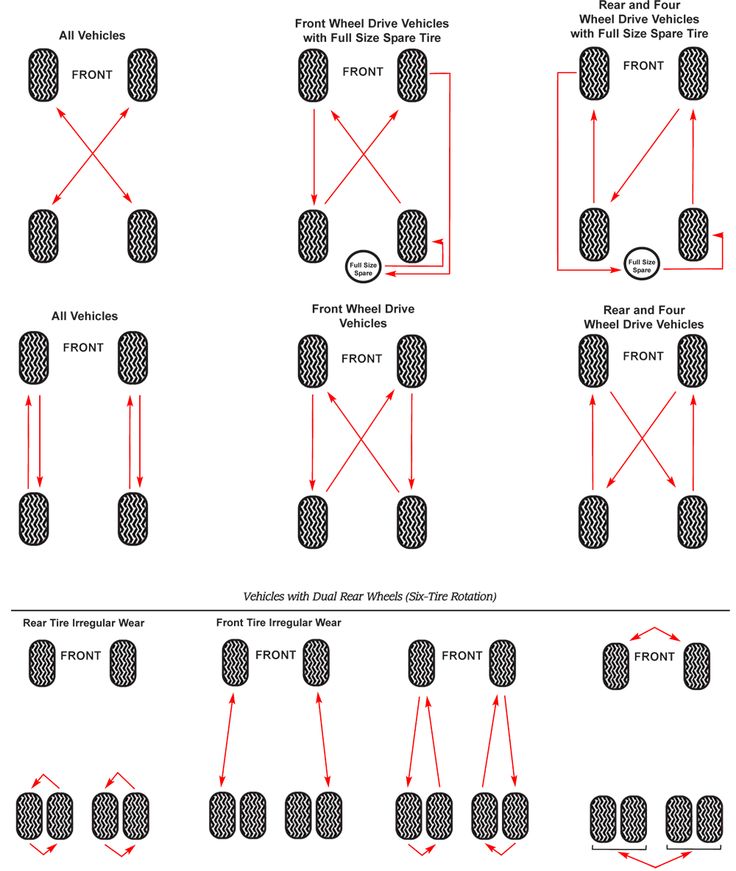 nine0003
nine0003
To maintain rotation, mark old tires with a colored marker before they are removed from the machine; if you forget about it, then it will be difficult to figure out where which tire was.
In the event that a replacement set of wheels is put on individual rims, check the pressure in them before installing them on the machine. If the tire deflated during storage, look for the reason - the air does not just leave. Under the weight of the car, the air leakage will only intensify, and the next morning after "changing shoes" you will have a flat tire waiting for you if you do not fix it in advance. nine0003
Do not forget that the pressure in tires of different sizes may differ - do not inflate the old one, getting used to it in six months. Look for recommended pressures for different tire sizes on a sticker in the doorway.
Read more: Tire pressure. How and why to measure it
Do not forget about the importance of wheel balancing: it ensures uniform rotation, the absence of vibrations on the steering wheel and body, and also saves the life of wheel bearings.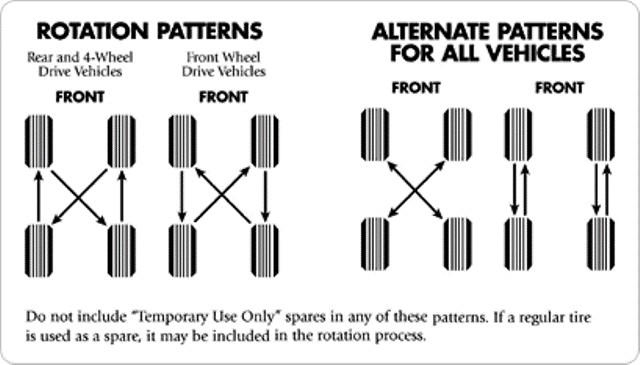 Balancing is needed for each wheel of the car, including the spare one, in case of emergency installation on the road, as well as for planned tire rotation. nine0003
Balancing is needed for each wheel of the car, including the spare one, in case of emergency installation on the road, as well as for planned tire rotation. nine0003
Even if you use two sets of wheels on different rims, check the balance of each set before installing. During the season, the tire tread wears out (not always evenly), and the installed weights often fall off - as a result, the wheel balance may be disturbed.
Whenever dismantling the wheels, it is worthwhile to carry out an express inspection of the suspension parts, check the condition of the brake hoses and the thickness of the brake pads. In general, it is useful to combine seasonal tire changes with chassis diagnostics: it is better to identify any unpleasant surprises in advance. nine0003
After changing tires, be sure to adjust the wheel alignment (“camber”), because winter and summer tires differ in height and tread pattern, degree of wear; often - dimension and pressure.